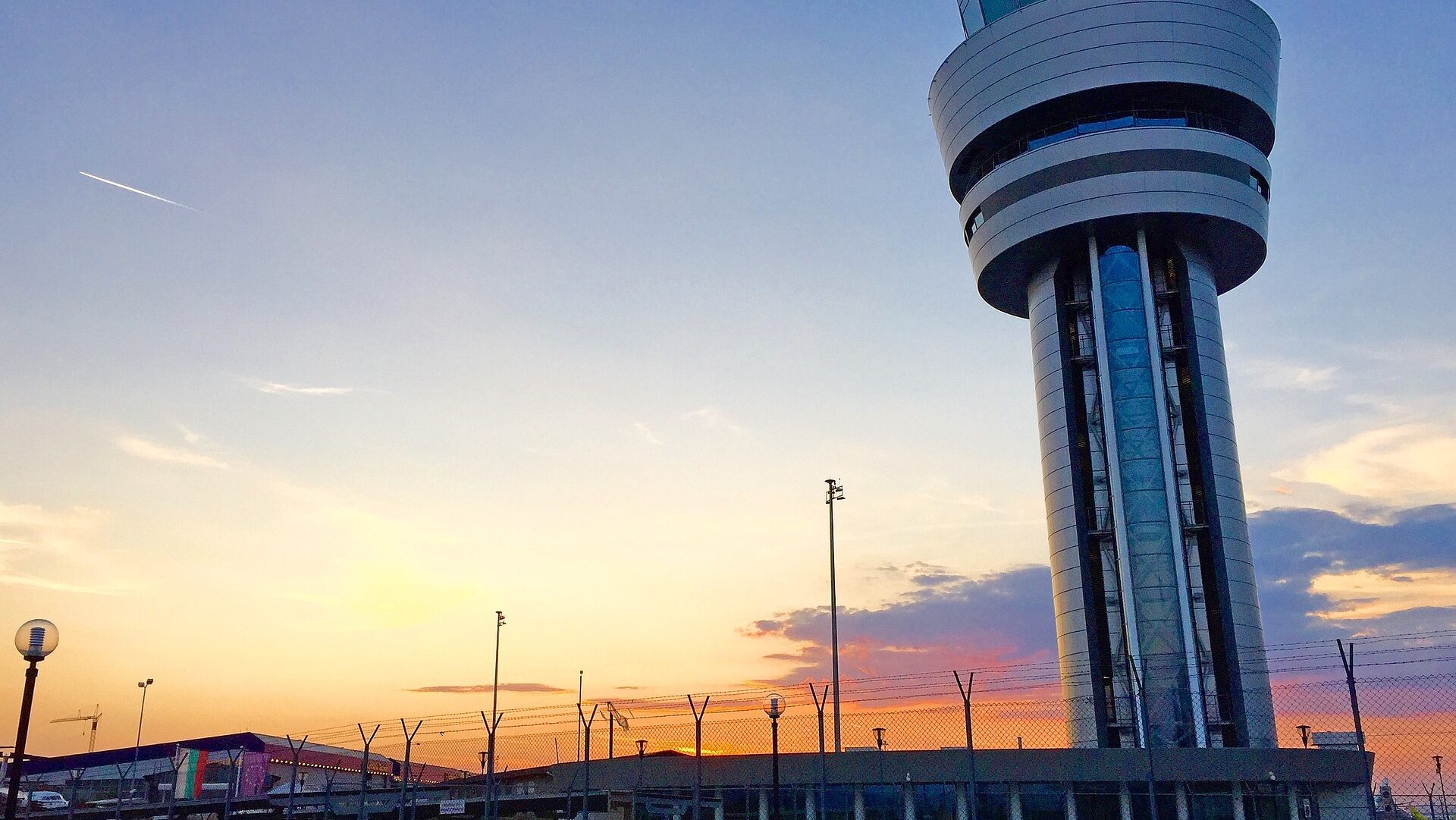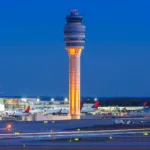Air Traffic Control Units
You must have heard about ATC units when talking about Air Traffic Control or listening to podcasts about aviation. So what are these ATC units? and what is their significance in aviation? Let us understand them in detail.

Here is a picture of the ATC Tower of Mumbai International Airport. Looks awesome right? Yes it does.
A structure or tower interconnected with a complex (office workspace) constructed to provide air traffic services to controlled aircraft within the vicinity of the aerodrome or within the jurisdiction of the ATC unit as per the regulations of the state (country) is an ATC Tower.
An ATC tower is equipped with top class equipment (ideally) such as radar screens, metar screens, communication equipment, Flight Plan and management automation systems, ATIS, and a lot more. An ATC tower is a tall structure. Some towers are as tall as 130m. (here is a list of top 10 tallest ATC towers in the world. (here is a list of top 10 tallest ATC towers in the world)
They are constructed tall to have a proper view of the parking stands, taxiways, manoeuvering area and most importantly to have an unobstructed view of the complete runway. An ATC tower along with an ATC Complex in most cases incorporate all the ATC units required to provide Air Traffic Services.
ATC Units
The entire airspace within which controlled aircrafts fly is split into smaller airspaces and the authority of each airspace is given to a particular ATC unit.
Let’s consider an airport for example and an area of around 150nm around it is controlled by that Airport’s ATC centre. Now, this entire 150nm will be further split both vertically and laterally to optimise the aircraft flow and to ensure safety during different phases of flight.
Here are the most common ATC units
1. Briefing Unit
2. Clearance Delivery unit
3. Ground Control
4. Tower
5. Approach unit
6. Area control centre.
Let’s see what each one does
Briefing Unit
This is the first point of contact for a pilot or operator before the flight starts. Operator or the pilot files a flight plan and takes clearance from briefing. This usually includes payments, general decleration, passenger manifest, Flight plan, military clearances, etc. this will be done well in advance usually 1 hour to 2 days prior to take off and sometimes in short notice aircrafts will be cleared from briefing unit 5 mins prior departure time.
Clearance Delivery unit
This is the first unit a pilot usually comes in contact with an ATC when the aircraft is ready for taxing. After passenger boarding, pre check list, and instruments checks etcs., once the pilot believes he ready for pushback and taxing, the pilot makes the initial contact with the Clearance delivery unit, stating his call sign, aircraft registration, number of passengers on board, security checks, and destination.
Here the ATC personnel gives the initial clearance for the aircraft. This clearance includes any standard departure procedure based on the destination, and an initial climb to a particular Flight LevelFlight Level. The pilot will contact the ground controller after copying the clearances.
Ground Control Unit
Here the pilot takes pushback and taxing clearances from the controller. The controller carefully guides the pilot to avoid collision with other aircraft on the ground and vehicles on the apron to reach the holding point of the runways. And also give taxi instructions to arrival aircraft which had just vacated the runway after landing.
Tower Unit
The ATC personnel in the tower give the take off clearances for departures and landing clearances for arrivals. The controller with precise calculations keeps a departure in between two landing aircrafts. This is the unit we hear and see in movies.
Approach Control Unit
After the aircraft is airborne, the pilot contacts the approach control unit for further clearances. This unit will be located inside the ATC complex in the lower floors of the building because once the aircraft is airborne, controllers use radars to find the position of the aircraft and doens’t depend visually from the tower. This control unit gives climb to the departing aircraft and descent for the arrivals. This unit is of key importance as it makes a sequence for the arrivals, keeping a space between them so the tower controller can push a departure in between.
Area control unit
This is the unit in which an aircraft cruises at a constant level and speed in its field route to reach destination. Here the controller separates the aircrafts from other aircrafts by applying separations and ensures safety enroute.
So what happens when the aircraft is near destination? Aircraft receives descent clearances by the area and is released again to the destination aerodromes’ approach control unit, for descent instructions. Here the aircraft is sequenced for landing and released to tower controller who gives landing clearance. Once the aircraft lands he contacts the ground Control unit for safe taxi instructions and he finally docks in his parking stand alloted by the Ground controller.
So this is the journey of a typical aircraft which a passanger will never know but this process is the key to their safety and efficiency of the flight.
I hope you understood the functions of different Air Traffic Control units and they roles in the flight of an aircraft.
Thanks for reading!!







1 thought on “Different Units in Air Traffic Control”